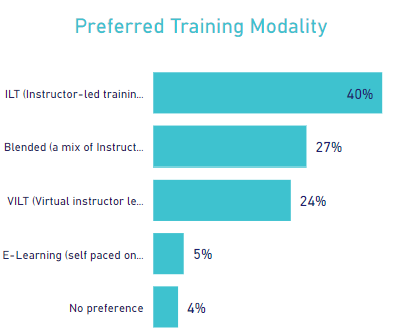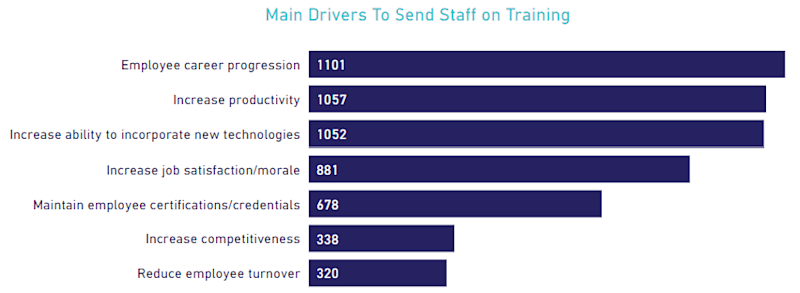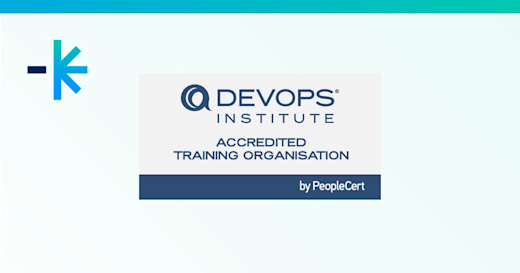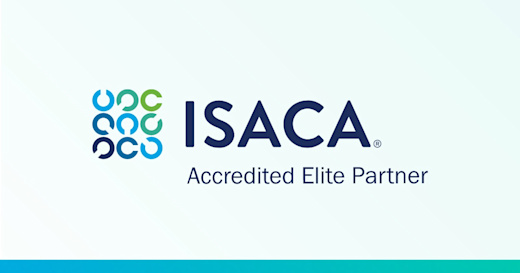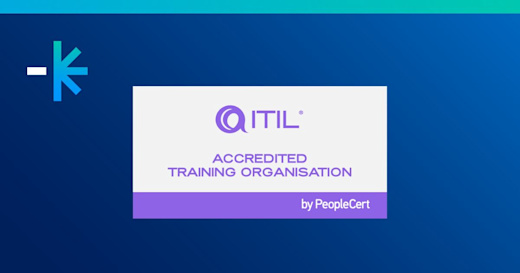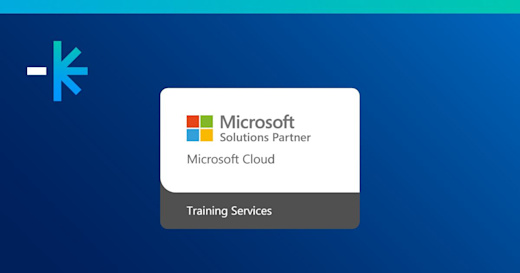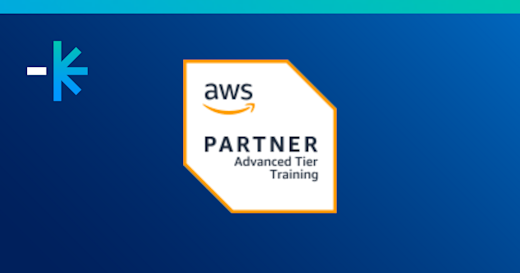Through the beginning of the pandemic, there was a surge in the demand for learning and development. As companies shift to hybrid work arrangements, leveraging gains from digital learning must be top of mind when it comes to your training budget.
Your End of Fiscal Year training budget plan
As you prepare for the end of the financial year and your plan for the coming year, it's best to include strategic planning for learning and development in your agenda - especially in light of hybrid work arrangements.
You can review your goals and strategy from last year and look at what your team has completed. From there you can work on items you haven't addressed yet while reviewing the environment now and a current needs analysis for your team.
In terms of work arrangements and how that affects learning delivery requirements, doing an internal survey is always best. Find out technology capabilities and learning preferences among your team. But from our own 2021 data in DDLS, we found that in-person Instructor-led training topped our student's preferences with blended coming in second.
This aligns with what some learning and development experts in Australia are finding of the need to leverage gains from digital learning and to take that further with experiential and peer-to-peer. This will help students cement new insights into their flow of work.
A review of employee training and certification in previous years
In 2018, two years before COVID-19, training was viewed as a means of increasing productivity in Australia as cited by Steadfast Group. It was also perceived as a way to provide employees with career advancement opportunities and a way to improve team member retention.
When restrictions began, HR training and learning and development teams were kept lean while having to address a spike in demand. Employee training wasn't merely a matter of increasing productivity and providing growth opportunities. It became imperative to support teams in adapting to new technology, gear them up for remote work and expand capabilities so they could take on different roles.
In New Zealand in 2021, there was a move by the government to support digital skills training for small & medium businesses. Small Business Minister Stuart Nash shared:
“Greater adoption of digital skills and processes will help businesses and their staff to keep working safely through potential future disruptions or civil defence emergencies.”
In addition to mitigating work disruptions, digital skills training has been viewed as a way to reduce the carbon economy.
Research by the Philippine Institute for Development Studies in 2021 found that digital and mobile training programs have been in high demand due to the pandemic (along with auxiliary medical training programs). Digital and mobile competencies have helped individuals and small to medium businesses in food and beverages and logistics to adapt to new ways of promoting and delivering their products and services.
Top drivers for training employees
These findings align with the results from DDLS's customer survey that found employee career progression, increased productivity and increased ability to incorporate new technologies as the top drivers to send staff on training.
These top drivers along with job satisfaction, maintaining credentials, increasing competitiveness and reducing attrition rates make sense when you consider the growing need for employee engagement after two years of working remotely and isolated.
Training and certifications, especially those that involve active and experiential learning or that bring in motivational speakers, can be a way to recharge your team, prompt group activities and strengthen the culture.
Some training budget plan suggestions
As your team makes decisions on workplace arrangements for the coming months, starting with a review of your company goals and strategy can help you determine what your team has completed and the items you haven't addressed yet. From there, you can review the current IT skills in demand in your industry along with any emerging requirements or opportunities you need to meet.
Our latest 2022 data on courses booked shows the increasing popularity of data analytics, business applications, app and web development, cybersecurity and end user applications.
Cybersecurity in particular is seeing rapid growth - 46% growth year on year. This is attributed to the pandemic and other global events. Popular Cybersecurity certifications are typically from (ISC)², ISACA, CompTIA and EC Council.
Based on our discussions with corporations, the interest in end user applications training can be attributed to organisations wanting to focus on maximising the technological investments they made so that their staff can work from home. Most of these end user migrations had to be done quickly in the last couple of years. And so, product and process training for end user applications is a focus for this year.
In terms of modalities, you can access a wide range of customised training options for your organisation via DDLS Anywhere - including online, onsite and hybrid.
View our corporate brochure to learn about ICT training offerings you can provide to your employees. Feel free to contact us to enquire about our customised training solutions.


